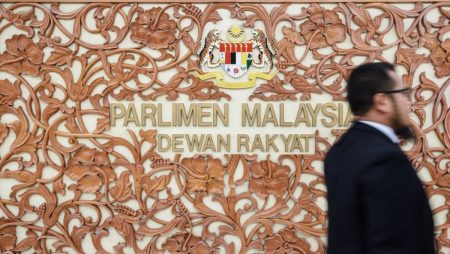The use of artificial intelligence (AI) in the art world is becoming increasingly prevalent, opening up new possibilities for artists to explore and reimagine traditional concepts and historical narratives. In Southeast Asia, artists like Patrick Cabral are utilizing AI technologies to create modern interpretations of traditional Filipino architecture and fashion, envisioning a world where colonization never occurred. These AI tools, such as Stable Diffusion and Midjourney, allow artists to experiment and push boundaries in their creative work, blending the past with the present in innovative ways.
The evolution of AI as an artistic tool dates back to the 1970s, when the first computer program capable of generating basic black-and-white images was developed. Since then, advancements in deep learning have led to the creation of text-to-image generators that can produce realistic and abstract images based on training data. Despite these technological strides, concerns have arisen in the art community regarding issues like copyright and the potential for AI to replace human artists, sparking debates about the ethical implications of AI in the creative process.
For artists in Southeast Asia, utilizing AI tools comes with its own set of challenges, particularly in terms of cultural representation and authenticity. Patrick Cabral, for example, has faced difficulties in getting AI algorithms to accurately depict regional concepts like pre-colonial Filipino architecture and clothing. By feeding specific lines of code into these programs, he has been able to train his AI to recreate Filipino motifs and landscapes, helping to address the lack of diverse perspectives in AI-generated artwork and promote greater cultural diversity in the digital art space.
The potential of AI technologies to explore post-colonial cultures and challenge dominant narratives is also recognized by Indonesian artist Rimbawan Gerilya. By using generative AI to reconstruct their identities and draw on their heritage as a reference, regional artists can create artwork that reflects their unique cultural perspectives and experiences, establishing a stronger presence in the global art scene. This shift towards reclaiming narratives and promoting diversity in AI-generated art signals a promising future for artists in Southeast Asia, who are harnessing technology as a means of amplifying their voices and stories on a global scale.
As the role of AI in the art world continues to evolve, it has the potential to revolutionize creative processes, spark new dialogues, and challenge conventional notions of artistry. By embracing AI technologies as tools for experimentation and exploration, artists in Southeast Asia and beyond can push boundaries, reimagine traditions, and contribute to a more inclusive and diverse artistic landscape. As Patrick Cabral and other artists demonstrate, the intersection of AI and art offers a platform for cultural empowerment, storytelling, and representation, paving the way for a more equitable and vibrant creative future.













